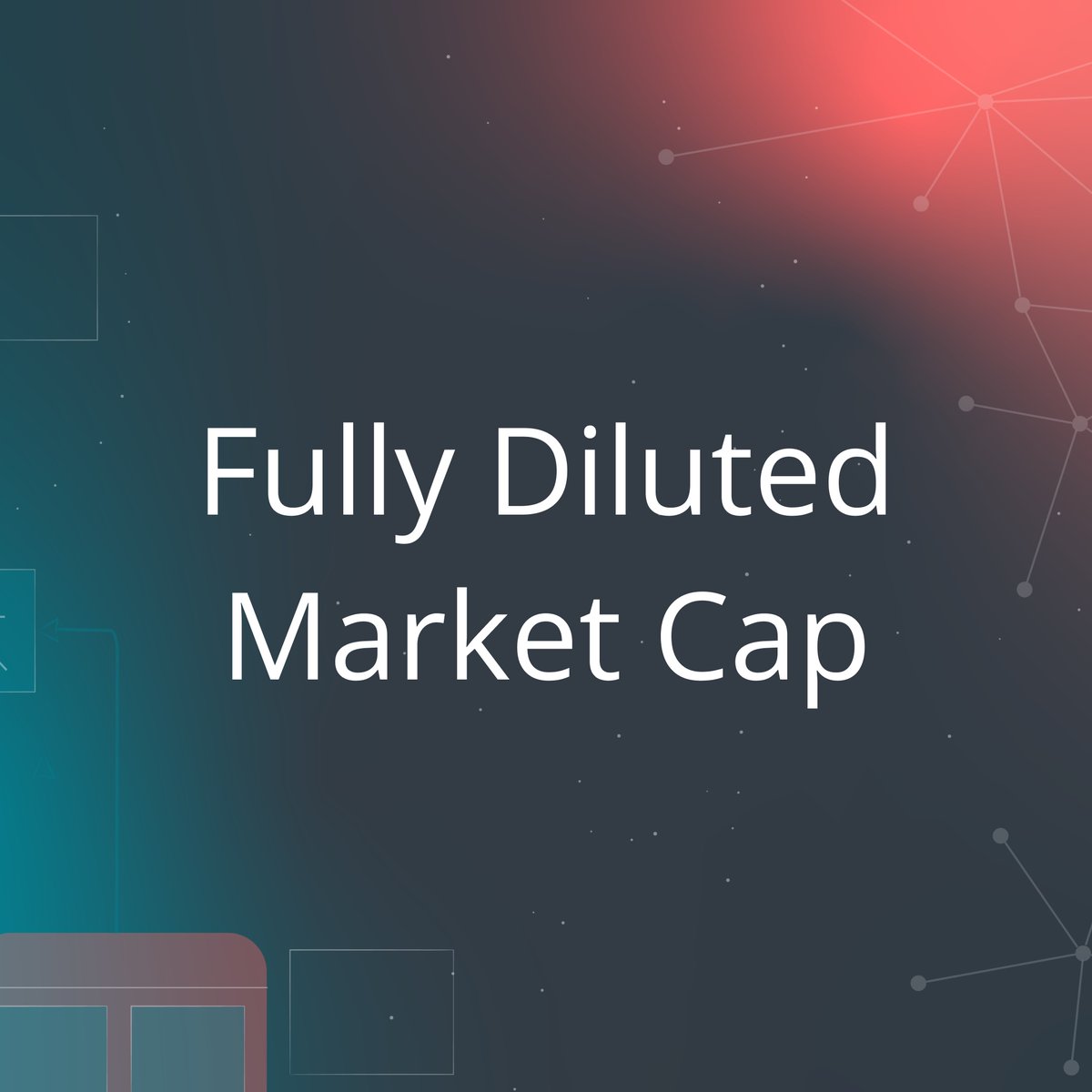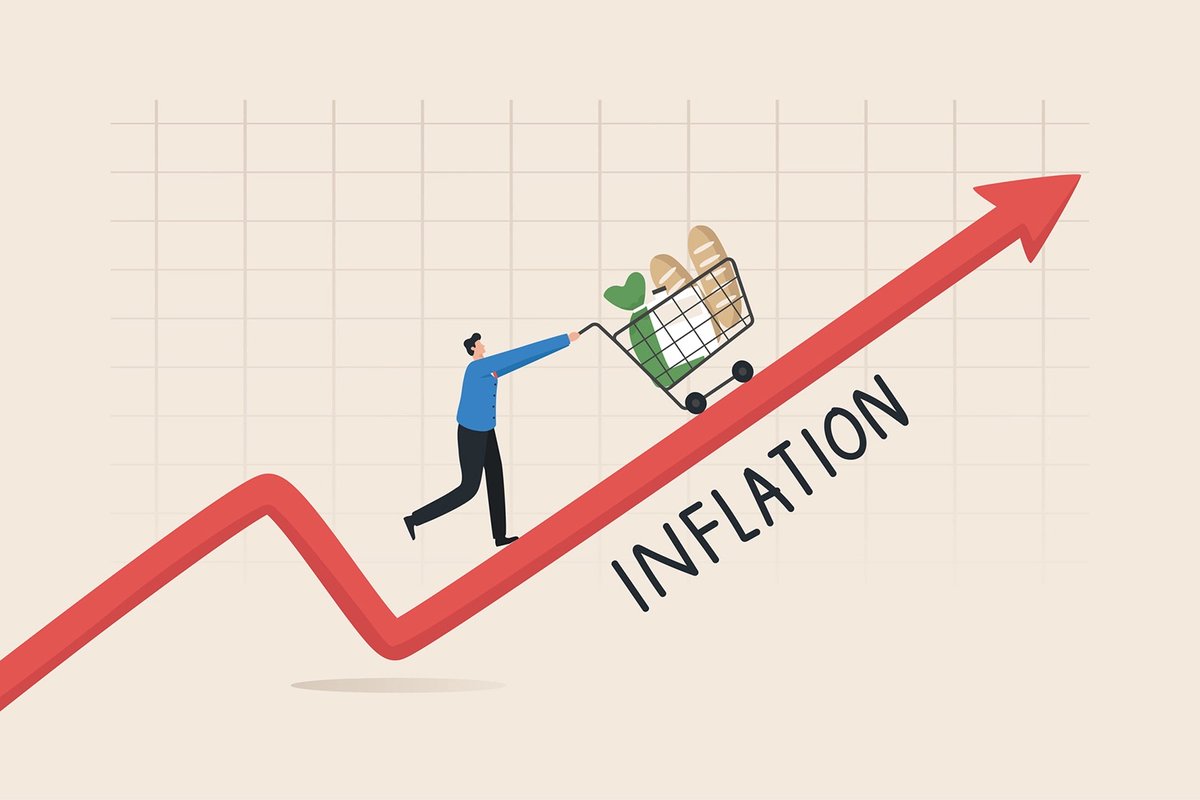
What is #emission?
Emission is when new tokens are minted in a digital economy in the form of cryptocurrencies, adding to the supply.
#tokenomics #tutorial #web3
Emission is when new tokens are minted in a digital economy in the form of cryptocurrencies, adding to the supply.
#tokenomics #tutorial #web3

In most digital economies, token emissions happen on a predetermined basis over a set period of time.
For example, @dYdX’s potential 2% annual inflation starting 5 years after launch.
Token holders can continuously decide whether to add this 2% inflation or not but it is capped at max. 2%.
Check out our 101 article about dYdX: tokenomicsdao.xyz/blog/tokenomic…
Token holders can continuously decide whether to add this 2% inflation or not but it is capped at max. 2%.
Check out our 101 article about dYdX: tokenomicsdao.xyz/blog/tokenomic…

This was a quick breakdown of the #tokenomics term --> emission.
Make better decisions in #web3 --> learn tokenomics!
Make better decisions in #web3 --> learn tokenomics!

• • •
Missing some Tweet in this thread? You can try to
force a refresh
















